Introduction
In the vast landscape of culinary delights, few ingredients evoke such a polarized response as lamb small intestines. For some, they represent an offal dish teeming with rich flavors and textures, a testament to the art of transforming seemingly unassuming parts into culinary treasures. For others, the mere mention conjures images that are less than appetizing. However, for those adventurous food enthusiasts willing to step beyond their comfort zones, lamb small intestines can offer an unparalleled gastronomic experience. This article aims to be a comprehensive guide, walking you through the intricacies of selecting, preparing, and cooking lamb small intestines to perfection, ensuring that even the most skeptical palate is converted into a fervent admirer.
Section 1: Selecting the Best Lamb Small Intestines
The journey to culinary excellence begins with sourcing high-quality ingredients. When it comes to lamb small intestines, freshness is paramount. Ideally, seek out a reputable butcher or a local farmer who can provide you with intestines from grass-fed, free-range lambs. These animals tend to have healthier diets, which translate into more flavorful and tender meat products, including their offal.
Appearance-wise, fresh lamb small intestines should have a slightly translucent appearance with a firm texture. Avoid any that appear discolored, slimy, or have an unpleasant odor. It’s also crucial to inspect the packaging for any signs of leakage or damage, which could indicate spoilage.
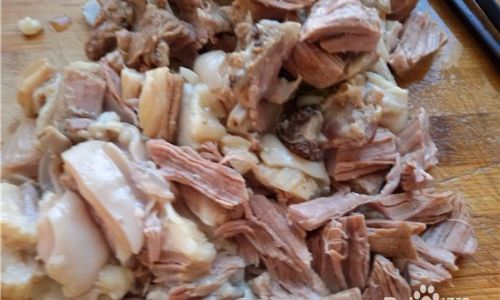
Section 2: The Art of Cleaning and Preparing Lamb Small Intestines
Cleaning lamb small intestines is a crucial step that cannot be overlooked. Improper cleaning can lead to an unpleasant texture and flavor, turning even the most meticulously crafted dish into a culinary disaster. Here’s a step-by-step guide to ensure your intestines are perfectly prepared:
-
Rinsing: Begin by rinsing the intestines under cold running water. This helps to remove any external debris or impurities.
-
Trimming: Use a sharp knife to trim away any fat, sinew, or connective tissue. This not only improves the appearance of the final dish but also ensures a more pleasant eating experience.
-
Turning and Cleaning the Interior: The most labor-intensive part of preparing lamb small intestines is turning them inside out. This allows for thorough cleaning of the interior, which can harbor bacteria, fats, and other unwanted substances. Use a chopstick or a similar utensil to gently push the intestine from one end to the other. Once turned, rinse thoroughly under cold water, scraping off any remaining residue with a knife or your fingers.
-
Soaking: Place the cleaned intestines in a large bowl of cold water, adding a tablespoon of vinegar or lemon juice to help draw out any remaining impurities. Soak for at least 30 minutes, changing the water every 10-15 minutes.
-
Final Rinse: After soaking, rinse the intestines thoroughly once more under cold running water. Pat them dry with paper towels and you’re ready for the next step.
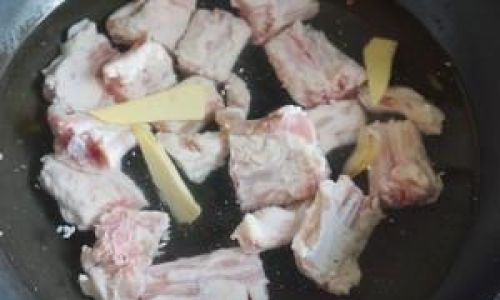
Section 3: Cooking Techniques for Lamb Small Intestines
With your lamb small intestines meticulously cleaned and prepared, it’s time to explore various cooking techniques that can elevate this ingredient to new heights of flavor and texture. Here are some popular methods:
Boiling and Simmering
Boiling and simmering are excellent methods for tenderizing lamb small intestines and infusing them with flavor. Start by placing the intestines in a large pot of cold water, adding aromatic vegetables like onions, carrots, celery, and garlic. Bring the pot to a boil, then reduce the heat to a simmer. Cook for about 1-1.5 hours, or until the intestines are tender but not overcooked. This method is particularly suitable for dishes like stews and soups, where the intestines will absorb the flavors of the broth and other ingredients.
Grilling and Barbecuing
For a smoky, chargrilled flavor, grilling or barbecuing lamb small intestines is an excellent choice. After boiling or simmering the intestines until they are partially cooked, slice them into strips or bite-sized pieces. Season with salt, pepper, and your favorite spices or herbs. Grill over medium-high heat until they are golden brown and slightly crispy on the outside, while remaining tender and juicy on the inside. This method works well for appetizers or as a component in a larger dish like a kebab or taco.
Stir-Frying
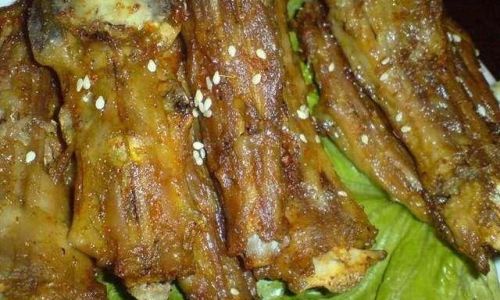
Stir-frying lamb small intestines offers a quick and easy way to enjoy them in a flavorful, savory sauce. After boiling or simmering the intestines until tender, slice them into thin strips. Heat a little oil in a wok or large skillet over high heat, then add the intestines and stir-fry for a few minutes until they are lightly browned. Add your choice of vegetables, such as bell peppers, onions, or snap peas, and continue stir-frying until the vegetables are tender. Finish with a splash of soy sauce, oyster sauce, or your preferred stir-fry sauce, and serve hot.
Braising
Braising is a slow-cooking method that combines moist heat with a covered pot to tenderize tough cuts of meat, including lamb small intestines. After cleaning and trimming, season the intestines with salt, pepper, and aromatic spices. Sear them in a hot pan with a small amount of oil until browned on all sides. Transfer them to a heavy-bottomed pot or Dutch oven, adding chopped onions, carrots, celery, garlic, and tomatoes. Pour in enough broth or wine to cover the intestines halfway, bring to a simmer, then cover and cook in the oven at a low temperature (around 325°F or 165°C) for about 2-3 hours, or until the meat is very tender and flavorful.
Section 4: Seasoning and Flavor Profiles
The versatility of lamb small intestines lies in their ability to absorb and complement a wide range of flavors. Here are some seasoning and flavor combinations to inspire your culinary creativity:
-
Herbs and Spices: Lamb small intestines pair beautifully with rosemary, thyme, oregano, cumin, paprika, and chili flakes. These herbs and spices can be added during the cooking process or used as a finishing touch.
-
Citrus: A squeeze of lemon or lime juice can brighten up the flavor of lamb small intestines, especially when grilled or stir-fried.
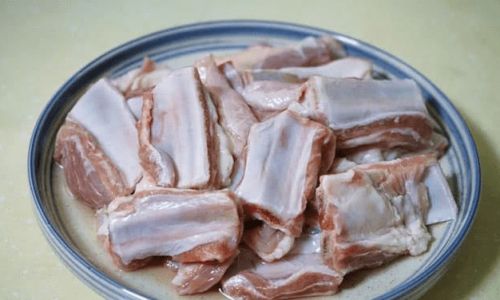
-
Garlic and Onions: These aromatic vegetables are staples in many lamb dishes and add depth and complexity to the flavor profile.
-
Sauces and Condiments: From soy sauce and hoisin sauce to tomato-based sauces and creamy gravies, lamb small intestines can be dressed up with a variety of sauces to suit different tastes and cuisines.
Conclusion
Cooking lamb small intestines may seem like a daunting task for the uninitiated, but with the right techniques and ingredients, they can be transformed into a culinary masterpiece. From boiling and simmering to grilling, stir-frying, and braising, there are countless ways to enjoy their unique texture and flavor. By sourcing high-quality ingredients, meticulously cleaning and preparing the intestines, and experimenting with various cooking techniques and flavor profiles, you can unlock a world of culinary possibilities. So, don your apron, roll up your sleeves, and embark on a culinary journey that will not only satisfy your taste buds but also expand your culinary horizons. Happy cooking!
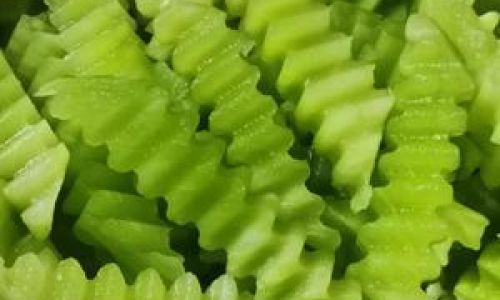

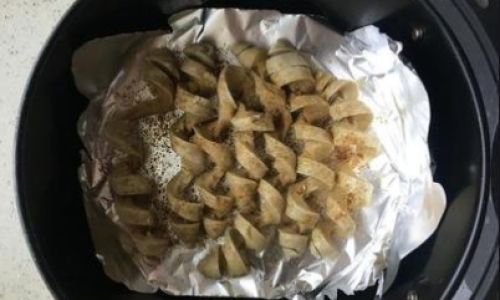

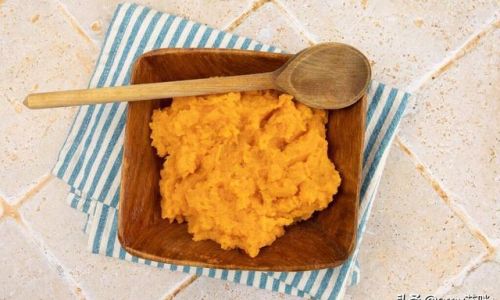
0 comments